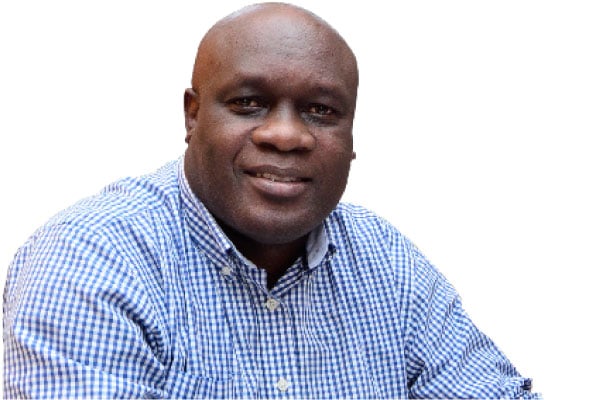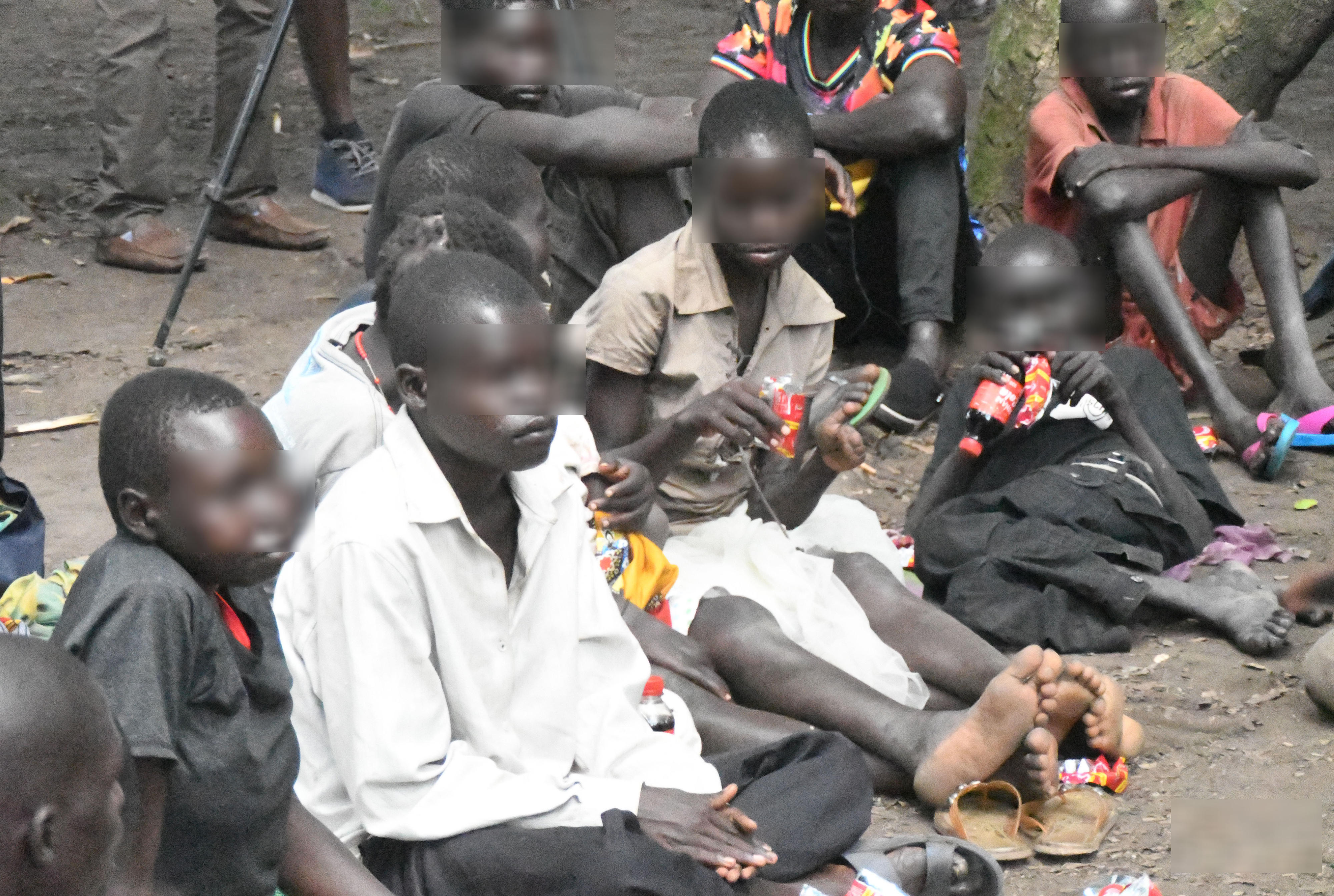Prime
Media did great on city bombs, but there’re big lessons to pick

Odoobo C. Bichachi
What you need to know:
- It would not be a normal day. Twin explosions within a space of three minutes on Buganda Road near Central Police Station (10:03 am) and on Parliament Avenue near Raja Chambers (10:06 am) changed all that.
On Tuesday, many Ugandans in Kampala woke up to a normal
sunny day and the usual traffic chaos of boda boda (who have
become the law), unruly taxis and “my cars”, and the “private siren” pushers – the big boys (and girls) in huge 4x4s that are
above the law.
It would not be a normal day. Twin explosions within a space of three minutes on Buganda Road near Central Police Station (10:03 am) and on Parliament Avenue near Raja Chambers (10:06 am) changed all that.
Such bombings in the city last happened many years ago; sometime in the early 2000s. I do recall in my younger days at
The Monitor that the bombs (and there were many incidents) usually went off either on Thursdays or Fridays after 10pm.
Then news editor Henry Muwanga-Bayego, the late Ogen Kevin Aliro [editor] and photojournalist Hassan Badru Zziwa used to
hang around the newsroom much longer on these particular days just in case a bomb went off and they had to include the story in the next day’s newspaper.
Many times the bombs went off – Kabalagala, Taxi Park, Kansanga, Nankulabye, etc and the trio were almost the default journalists covering the bomb blasts. In the newsroom, we often joked that Bayego was the “bomb editor”!
Well, enough of the anecdote! So when the explosions went off this week, neither the security forces, health workers, nor the reporters and editors in the middle of this had the benefit of experience in handling situations such as this. The security personnel perhaps had the benefit of drills and real situations like this in Somalia where they may have been on a tour of duty. Same with health workers whose every day is more or
less an emergency.
For the journalists, however, many were perhaps operating from a dusty template on how to cover terrorist attacks that they
may not have consulted in a long time – or never seen at all, and from what they have seen other journalists do in countries like
Iraq, Afghanistan, etc where bomb explosions are a frequent occurrence.
There was therefore a lot of learning as the media covered these incidents on Tuesday, and there will be a lot more learning in the days ahead.
Bombing scenes are very traumatic considering the amount of destruction in human life and physical infrastructure that
confronts the first people on the scene. It is also a very dangerous place to be because often, there is a second explosion time to achieve maximum damage.
The journalist reporting from the scene within minutes after
the explosions must therefore be commended for their courage and resilience. These images of blood, fire, shrapnel and all will forever be etched in their memory and may haunt them from time to time.
So without diminishing their incredible work, there are a few things they should have done better. One of them is that not everything you see at the scene should be broadcast. Note everything but leave the gory details out, instead of sticking to the general things.
This is mostly to minimise the pain of the affected, respect the dead and injured, and not interfere with investigators’
work. Terrorists cherish seeing the pain of their victims
and like bank robbers that spirit of a vault of cash from a bank and wait for the news bulletin to hear the bank manager say how much they stole, terrorists wait for media to tell them
how much pain they have inflicted so everyone is terrorized and they relish in their accomplishment.
So by playing up gory details of bomb incidents, journalists may unwittingly help the terrorist to achieve maximum psychological impact. Second, have some boundaries. It was incredible
how journalists swarmed Mulago Hospital casualty ward taking pictures and shoving microphones at the injured who were writhing in pain, asking them how they felt as nurses struggled
to connect intravenous tubes! Why did the hospital let journalists into the ward in the first instance?
Well, there are many dos and don’ts this column cannot exhaust. I invite all reporters and editors to check them out on the many freely available online resources on this subject.
Learning is lifelong.
Send your feedback/complaints to
[email protected] or
call/text on +256 776 500725.
Odoobo C. Bichachi
Public Editor




